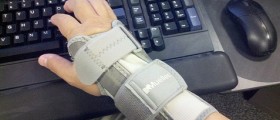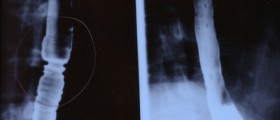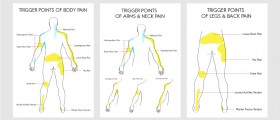
Causes of Cervical Dystonia
The exact cause of cervical dystonia is still unexplained. Some scientists believe cervical dystonia may develop due to some underlying diseases or disorders. The neck muscles are submitted to an abnormal twisting, squeezing and muscle contractions which causes jerky head movements and awkward positioning of the head. Sometimes, cervical dystonia may be caused by excessive brain input. Also, head, neck or shoulder injuries can lead to this neurological condition.
Symptoms of Cervical Dystonia
Not all people with cervical dystonia experience the same signs and symptoms of the disorder. Although people of any age group can suffer from cervical dystonia, this condition is most commonly diagnosed in women aged 40 years or above. Cervical dystonia initially causes mild symptoms but over a period of time they become more noticeable. However, symptoms commonly stabilize within five years after the onset. They are generally aggravated by stress and walking while rest and sleep bring relief.
Pain
Cervical dystonia is marked by intense pain. Severe pain in the neck is the most common symptom of the disorder. It usually begins as discomfort but gradually increases with time and eventually becomes exhausting and disabling. Neck pain may radiate into the shoulders and cause headaches.
Muscle Spasms
Cervical dystonia is also characterized by muscle spasms that occur in the neck. This causes the head to twist and turn or to be pulled forward or backward. These spasms may be constant or intermittent.
Swelling
Swelling of the neck muscles is another symptom of cervical dystonia. It is caused by twisting and squeezing of the neck muscles.
Dysarthia
Dysarthia represents a motor speech disorder and features with poor articulation. The affected individual may experience difficulty speaking due to inability to control his/her tongue, throat, lips or even the lungs.
Vibrations
Cervical dystonia may cause vibrations of the neck muscle and, in severe cases, the head may vibrate as well.
- www.nhs.uk/conditions/dystonia/
- medlineplus.gov/dystonia.html
- Photo courtesy of jakealdrigde by Pixabay: pixabay.com/en/man-guy-mixed-race-model-jewelry-1885143/





_f_280x120.jpg)
-Causes,-Symptoms,-Diagnosis,-Treatment_f_280x120.jpg)










Your thoughts on this
Loading...